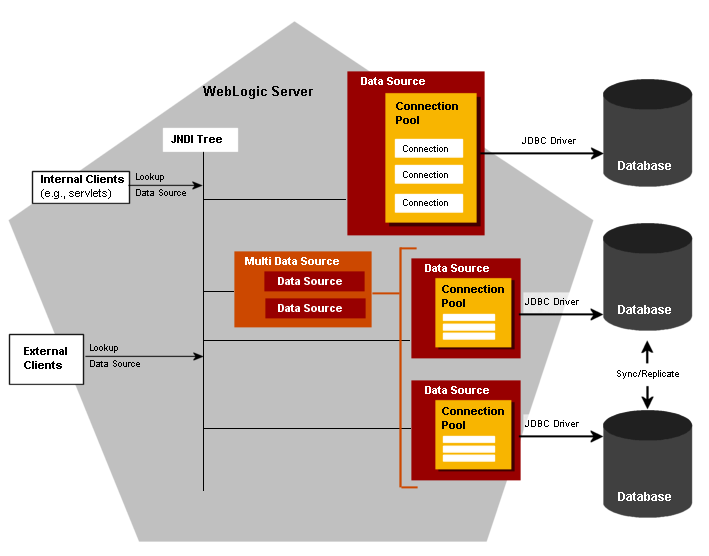


My Oracle Support provides customers with access to over a million knowledge articles and a vibrant support community of peers and Oracle experts. To view full details, sign in with your My Oracle Support account.ĭon't have a My Oracle Support account? Click to get started! Please refer to How to Trace the Network Packets Exchanged Between JDBC and the RDBMS. From release 11.2 and forward, the JDBC Thin Driver includes a network trace capability. Please refer to Starting With Oracle JDBC Drivers - Installation, Certification, and More! for JDBC and JDK certified combinations. The instructions in this document apply to JDK versions 8 and earlier. This utility, attached to the article, is available on OTN:

This can be done by using a new utility (packaged as a JAVA jnettrace.jar library), the JavaNet utility, which allows tracing of the JavaNet layer. This article describes how to enable a similar sqlnet client trace with the JDBC thin driver. Therefore, to diagnose JDBC connection or other database related error conditions, only the SQLNET server side trace is available. As a result, it can be difficult to get a good understanding of the problem with only one end of the equation. Unlike the JDBC OCI driver, the SQLNET trace is not available with the JDBC thin driver at the client side for Oracle JDBC Driver versions < 11.2. The Oracle JDBC thin driver uses a java based implementation of the SQLNET protocol (JavaNet layer). Information in this document applies to any platform. How to Perform the Equivalent of SQL*Net Client Tracing with Oracle JDBC Thin Driver Releases Prior to 11.2


 0 kommentar(er)
0 kommentar(er)
